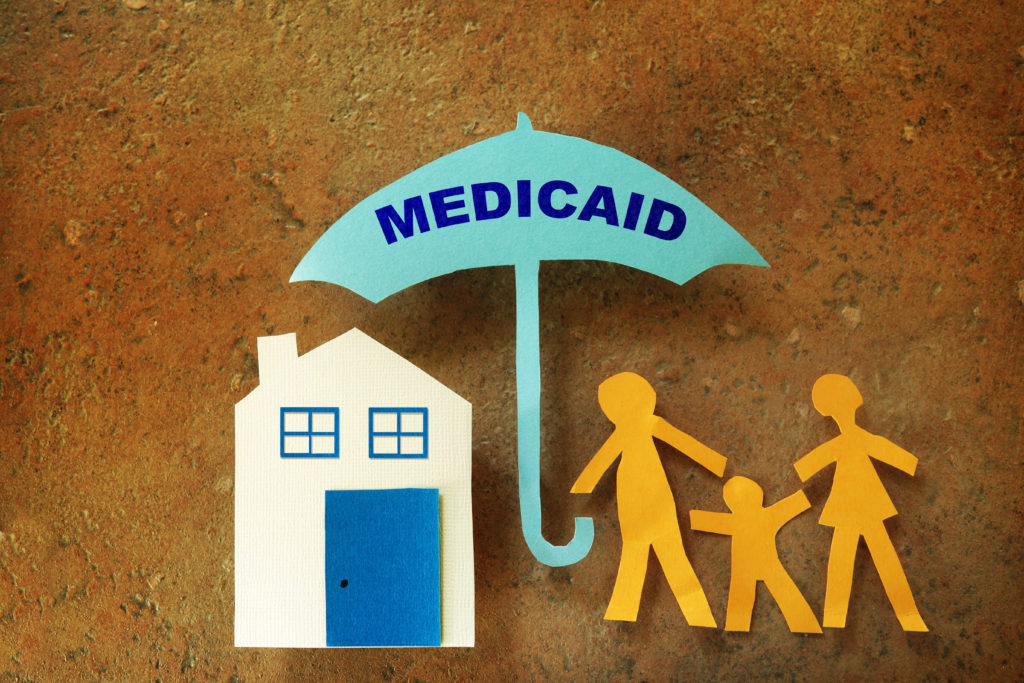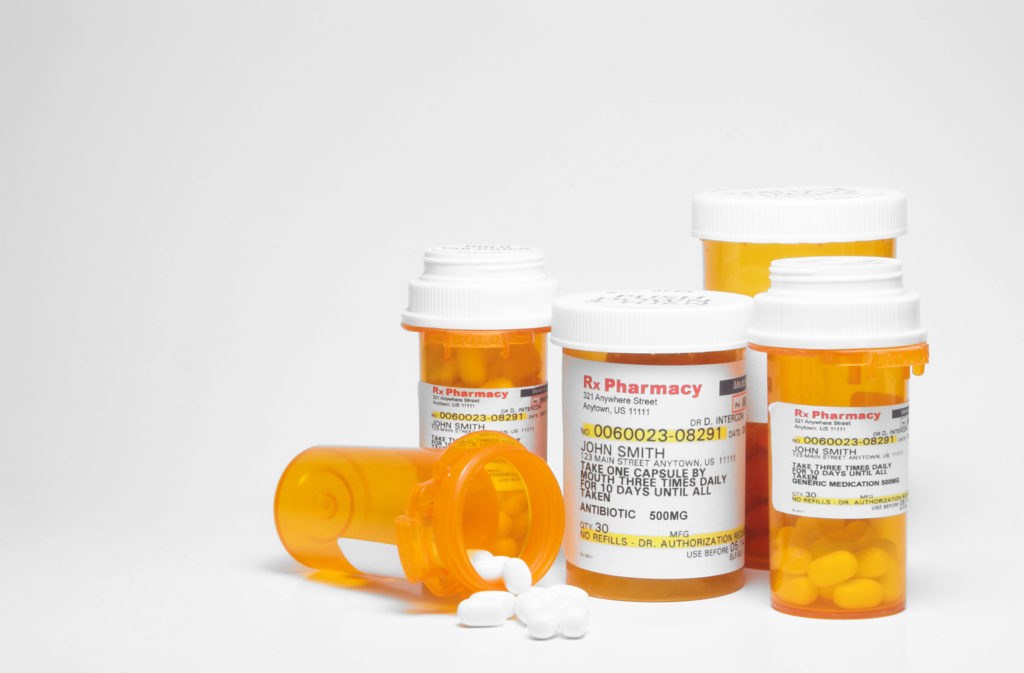Medicare Extra Help Program & Special Enrollment Periods (2021)

✅ To Find Out If You’re Eligible for Extra Help Fill Out The Form 👉
Table of contents
SPECIAL ENROLLMENT PERIOD FOR THOSE RECEIVING EXTRA HELP
Anyone enrolled in Medicare also needs a Medicare Prescription drug coverage (Part D). Those with limited resources may qualify for the Medicare extra help program to get Extra Help with premiums, deductibles and prescription co-payments on a Medicare Prescription drug plan.
The Extra Help benefit is worth about $5000 per year. Many people who qualify for this benefit aren’t aware, but there is one way to find out.
The Social Security Administration can tell you if you’re eligible. They will require information about you and your spouse, if you are married and living together.
To qualify for the Medicare extra help program, your resources must be limited to $14,790 for an individual or $29,520 for a married couple living together. Resources include the value of the things you own such as; mutual funds, real estate, bank accounts including checking, Savings and Certificate of deposit, Stocks, Bonds, including U.S. savings Bonds, Individual Retirement Account, Cash at home or anywhere else
IF you qualify for Extra Help, you have the right to switch your drug plan or your Medicare Advantage plan once per quarter for the first three quarters of the year and during the Medicare Annual Election Period that runs from October 15th through December 7th each year.
However, the special enrollment period for those receiving extra help can be categorised as follows:
You are eligible for both Medicare and Medicaid

What you should do…
Join, switch, or drop your Medicare Advantage Plan or Medicare prescription drug coverage.
When can you make changes?
You can enroll anytime during the following enrollment window:
- January 1st – March 31st
- April 1st – June 30th
- July 1st – September 30th
Whatever changes you make will take effect on the first day of the following month. You will need to wait for the next period to effect another change.
You cannot make use of the Special enrollment period from October – December. Nevertheless, beneficiaries with Medicare can make changes to their coverage from October 15th – December 7th, and the changes will take full effect on January 1st.
You qualify for Extra Help paying for Medicare drug coverage

What you should do…
Join, switch, or drop Medicare drug coverage.
When can you make Changes?
Most people with Medicare can only make changes to their drug coverage at certain times of the year. If you have Medicaid or receive Extra Help, you may be able to make one change to your coverage at the above mentioned periods.
Whatever changes you make will take effect from the first day of the following month. You’ll have to wait for the next period to effect another change.
You cannot make use of the Special Enrollment Period from October to December. Nevertheless, persons with Medicare can make changes to their coverage from October 15th – December 7th and changes made will take effect on 1st January.
You are enrolled in a State Pharmaceutical Assistance Program (SPAP) or lose SPAP eligibility

What you should do…
Join either a Medicare drug plan or a Medicare Advantage Plan with prescription drug coverage
When can you enroll?
Just once during the calendar year
DIFFERENCE BETWEEN MEDICARE EXTRA HELP PROGRAM BENEFICIARIES AND DUAL ELIGIBLE ENROLLEES
EXTRA HELP/LOW INCOME SUBSIDY (LIS) BENEFICIARIES
The Medicare extra help program or low income-subsidy program covers all low-income subsidy enrollees monthly premium up to a certain amount which is determined by the CMS (Center for Medicare and Medicaid Services).
Eligible beneficiaries who have limited income may qualify for low-income subsidy program that helps them pay for their Medicare Part D prescription drug costs. Those receiving LIS get extra help paying for their Part D premium, deductible, and a limit on their copayments.
Individuals enrolled in the Extra Help program do not have a coverage gap (aka the “donut hole”). The amount of subsidy depends on your income compared to the federal Poverty Level and resource limitations set by Social Security.
In other words, Medicare provides Extra Help to those below 150% of the Federal Poverty Level.
Benefits of The Medicare Extra Help Program
The Medicare extra help program helps people with Medicare pay for prescription drugs, and lowers the costs of Medicare prescription drug coverage. With LIS your monthly premiums, deductibles and copays will be lower than if you didn’t get extra help from Medicare.
You may qualify for full or partial subsidy depending on your income and assets.
All beneficiaries who qualify for LIS program are permitted to change part D plans or Medicare Advantage plans once a quarter for the first 3 quarters with an effective date being the first day of the following month.
DUAL ELIGIBLE ENROLLEES
Dual eligible enrollees are individuals who receive both Medicare and Medicaid benefits. This include those with limited income, those with chronic health conditions, or both. Just because you are dual eligible, doesn’t mean you should be on a Dual Special Needs Plan (D-SNP).
Your level of Medicaid is what determines whether a D-SNP is going to be beneficial to you or not.
The four levels of Medicaid include:
- SLMB
- SLMB+
- QMB
- FBDE
You must separately qualify for both Medicare and Medicaid coverage to become dual-eligible beneficiaries. About half of dual-eligibles first qualify for Medicare based on disability while the remaining half qualify when they turn 65.
Medicaid eligibility rules vary from state-to-state, but most of the dual-eligibles qualify because they receive supplemental security income benefits or they meet the eligibility criteria for Medicare Savings Programs.
Dual eligible enrollees are divided into 2 groups: “full benefit” and “partial benefit” – this is based on the Medicaid benefits they receive.
Full Benefits Dual Eligible (FBDE or QMB)
Beneficiaries qualify for the full range of Medicaid services covered in their network area, including a wide range of primary and specialists services, laboratory services, X-rays, nursing home care, and other long-term services and supports.
Partial Benefits Dual Eligible (SLMB or SLMB+)
Beneficiaries who receive assistance only with Medicare premiums and sometimes, assistance with cost-sharing. Those in this category may be ABLE to enroll in a D-SNP plan, but that doesn’t mean they SHOULD.
If you enroll in a D-SNP plan with this level of Medicaid, you’ll be responsible for everything Medicaid doesn’t cover. Since you only get a Partial Benefit, this could mean high out of pocket costs.
If you receive Partial Medicaid Benefits, you’re best off enrolling in a regular Medicare Advantage Plan. The plan itself will cover its normal amounts, and Medicaid will help out above and beyond that.
Benefits of Dual Eligibility
Those who are enrolled in both Medicare and Medicaid may receive greater healthcare coverage and get lower out-of-pocket expenses. For Medicare covered expenses, such as medical services and hospitalization, Medicare stands as a primary player.
However, if Medicare does not cover the full cost, Medicaid will cover the remaining cost of Medicaid covered expenses.
There are certain Medicare expenses that Medicaid does not cover. Such expenses include: personal care assistance in the home and community and long-term skilled nursing home care (Medicare sets a limit to nursing home care to 100 days).
Some Medicare Advantage plans cover the cost of some long term care services and support. Medicaid, through Medicare Saving Programs also helps to cover the cost of Medicare premiums, deductibles and co-payments.
DIFFERENCES…
While the eligibility criteria for Low Income Subsidy beneficiaries depends on the individual’s income compared to the federal Poverty Level and resource limitations set by the Social Security act, dual eligible enrollees are selected on the basis of age and disability.
LIS beneficiaries could enjoy full or partial benefits, depending on their income and asset level while dual eligibles do not have their coverage tied to how much money or asset they own, rather their disability determines what they get coverage for.

